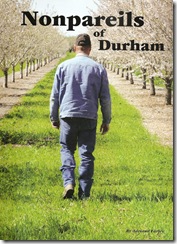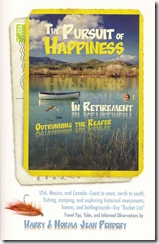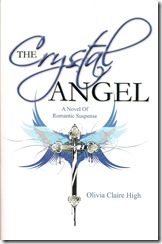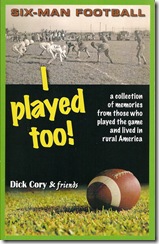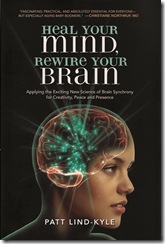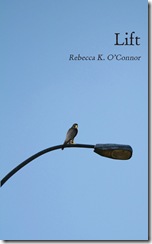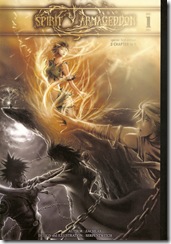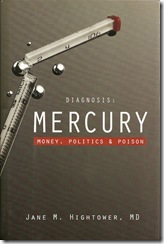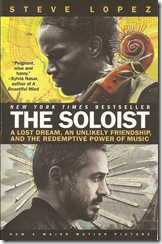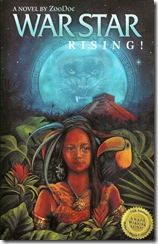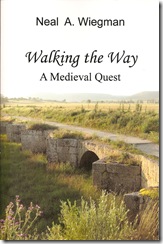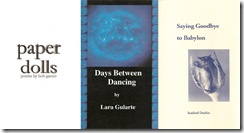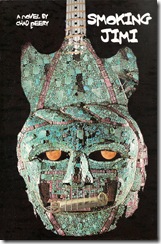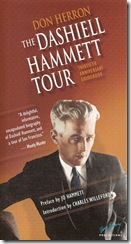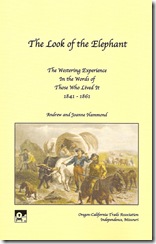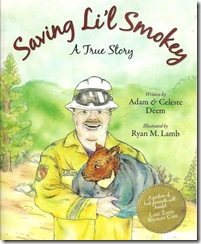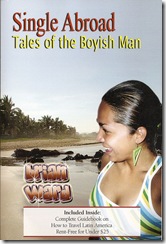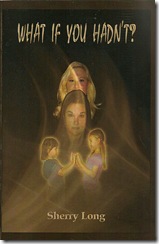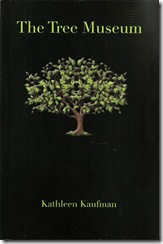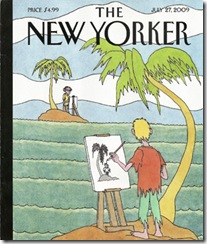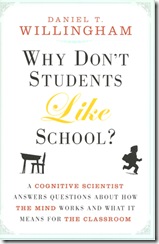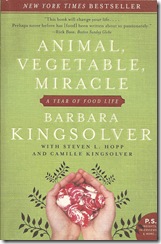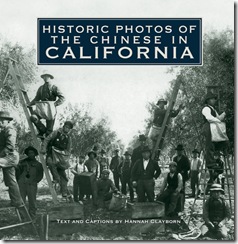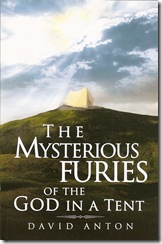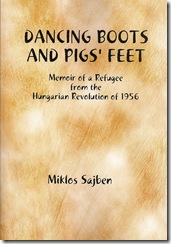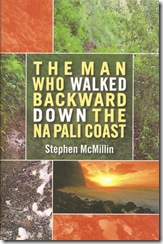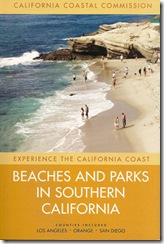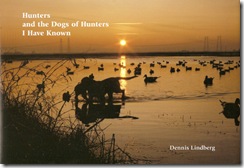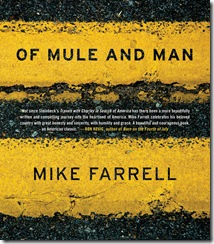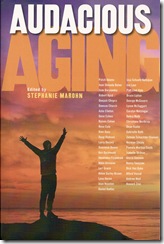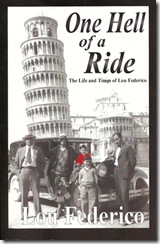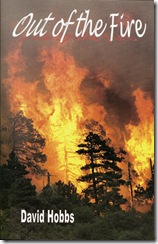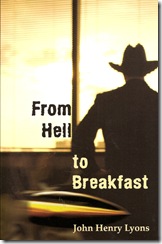Memoirs were abundant in 2009. This column reviewed "We Suffered in Silence: How a Pastor's Family Lived in Shame while Hiding Dark Spots on the Clerical Collar" (Virginia and Bob Coombs); "Parking Meter Blues" (Debra Moon); "Bound For Africa: Cold War Fight Along the Zambezi" (Douglass H. Hubbard Jr.); "Saltwater Buddha: A Surfer's Quest To Find Zen On the Sea" (Jaimal Yogis); "Dreaming Of Wolves" (Anthony David Nicosia); "Hunters and the Dogs of Hunters I Have Known" (Dennis Lindberg).
Also: "Dancing Boots and Pigs' Feet: Memoir of a Refugee from the Hungarian Revolution of 1956" (Miklos Sajben); "Single Abroad: Tales of the Boyish Man" (Brian Ward); "I Played Too! Six-Man Football: A Collection of Memories From Those Who Played the Game and Lived In Rural America" (Dick Cory and friends); "Lift" (Rebecca K. O'Connor); and "The Pursuit of Happiness In Retirement: Outrunning the Reaper" (Harry and Norma Jean Pendery).
Novels included "DeLancey's Stapler: Love, Lust, Duty, Doom, Rage, Revelation and Pizza" (Dave Veith); "From Hell to Breakfast" (John Henry Lyons); "Newsman" (Bruce Lang); "The Mysterious Furies of the God In a Tent" (David Anton); "Table Manners" (Mia King); "What If You Hadn't?" (Sherry Long); "Smoking Jimi" (Chad Peery); "War Star Rising! The Legend of Toucan Moon" (ZooDoc); "Walking the Way: A Medieval Quest" (Neal Wiegman); "Heart of the Sky" (Miranda Pope); and "The Crystal Angel" (Olivia Claire High); the graphic novel "Spirit Armageddon" (Zacheas Hertz) and two collections of short stories: "Down In The Valley" (Clark Brown) and "Private Roads In Autumn" (Charles Rough).
Books to educate and inspire: "Say Yes To No: Using the Power of NO to Create the Best in Life, Work, and Love" (Greg Cootsona); "Millionaire Babies or Bankrupt Brats?" (Kristan Leatherman, co-author); "I Want To Learn" (Nancy Marie Barnes); "Diagnosis Mercury: Money, Politics & Poison" (Jane M. Hightower); and "Heal Your Mind, Rewire Your Brain" (Patt Lind-Kyle).
On the history front: "Black Bart: The Poet Bandit" (Gail L. Jenner and Lou Legerton); "The Look of the Elephant: The Westering Experience In the Words of Those Who Lived It 1841-1861" (Andrew and Joanne Hammond); and two books from Rian Farley, "Durham Honor Roll (Volume II): Military Service From 1946 - 2009" and "Nonpareils of Durham."
Children's books? "Billy the Pig: The Stinkiest Cowboy in Town" (Natividad Osa) and "Saving Li'l Smokey" (Adam and Celeste Deem).
Poetry? Try "After Shocks: The Poetry of Recovery for Life-Shattering Events" (Tom Lombardo) with local entries by Joy Harold Helsing, Patricia Wellingham-Jones, Gail Rudd Entrekin; "Paper Dolls" (Bob Garner); "Days Between Dancing" (Lara Gularte); and "Saying Goodbye to Babylon" (Sanford Dorbin).
Onward to 2010!
